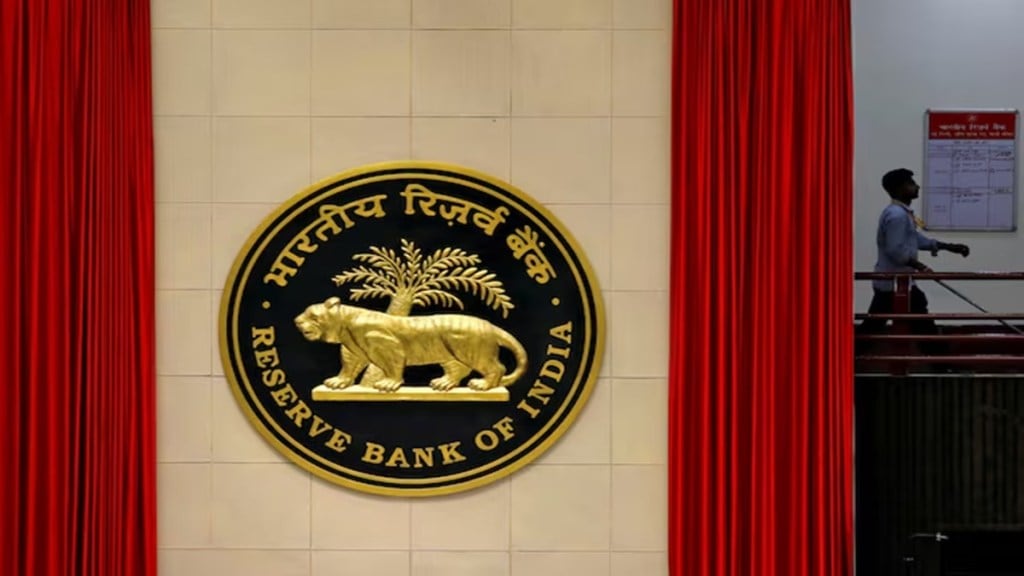The rupee continues to depreciate past the 85-to-the-dollar mark that it breached last week, hitting a new low of 85.1975 on Tuesday. Ahead of the US elections, in early November the Indian currency was trading closer to levels of 84. The Indian currency has now lost about 1.31% since November 1. Meanwhile, the dollar has strengthened with the dollar index having gained value from 99.8 in late September to about 108.14 currently.
At the same time, the Indian currency has depreciated less than many Asian currencies have against the greenback. While Tuesday’s fairly sharp fall may have been triggered by month-end purchases, economists now see the rupee drifting lower and some have projected a value for the Indian currency of 87 by the end of 2025. They believe the dollar will not just remain strong but could grow stronger, especially if some of the policies that US president-elect Donald Trump has announced he will initiate come into play. The new government is expected to raise import tariffs on goods from China, Mexico, as also other countries. Trump has made it clear that countries like India too will face higher tariffs if import duties for American goods, which he believes are very high, are not lowered. Moreover, the Trump government is expected to roll out income tax cuts that would push up the deficit and also drive up inflation. That would likely make the US Federal Reserve even more cautious about cutting interest rates; it has already said only two cuts might come through in 2025 compared with the four cuts suggested in September.
The consequent high yields on US treasuries have added to the pressure on the rupee caused in part by the continued selling, in the last couple of months, by foreign portfolio investors (FPIs). It is quite possible that FPIs will continue to offload equities even if the magnitude of the sales is smaller. An unusually wide trade deficit of $37.5 billion for November also spooked the currency markets but concerns have receded after the government said it is examining the data to check for any calculation errors.
Against this backdrop, the Reserve Bank of India (RBI), which has been intervening in the currency markets to prevent a sharp fall in the rupee, must reassess its stance. In attempting to calibrate the slide of the rupee, the central bank has not just used up a big chunk of its reserves, but it has also reduced the rupee liquidity in the system causing deficits. Critically, an artificially propped up rupee has left it somewhat uncompetitive vis-à-vis peer currencies. In a recent article, former Chief Economic Advisor Arvind Subramanian has argued that the pursuit of an unnaturally stable dollar exchange rate has damaged India’s competitiveness by about 10% (on average) while reducing reserves by about $100-150 billion since October 2021. If the rupee is less competitive than its peer currencies, it can hurt India’s exports and its share in global trade. Shoring up the value of the rupee against the dollar, therefore, doesn’t help if, for instance, the yuan has fallen 2.46% compared with the rupee’s 1.31% between November and now. For its part, the government has been fiscally prudent, reining in the deficit to within targeted levels and is likely to remain so in the coming year. A weaker rupee will help boost exports at a time when growth is otherwise slowing.
